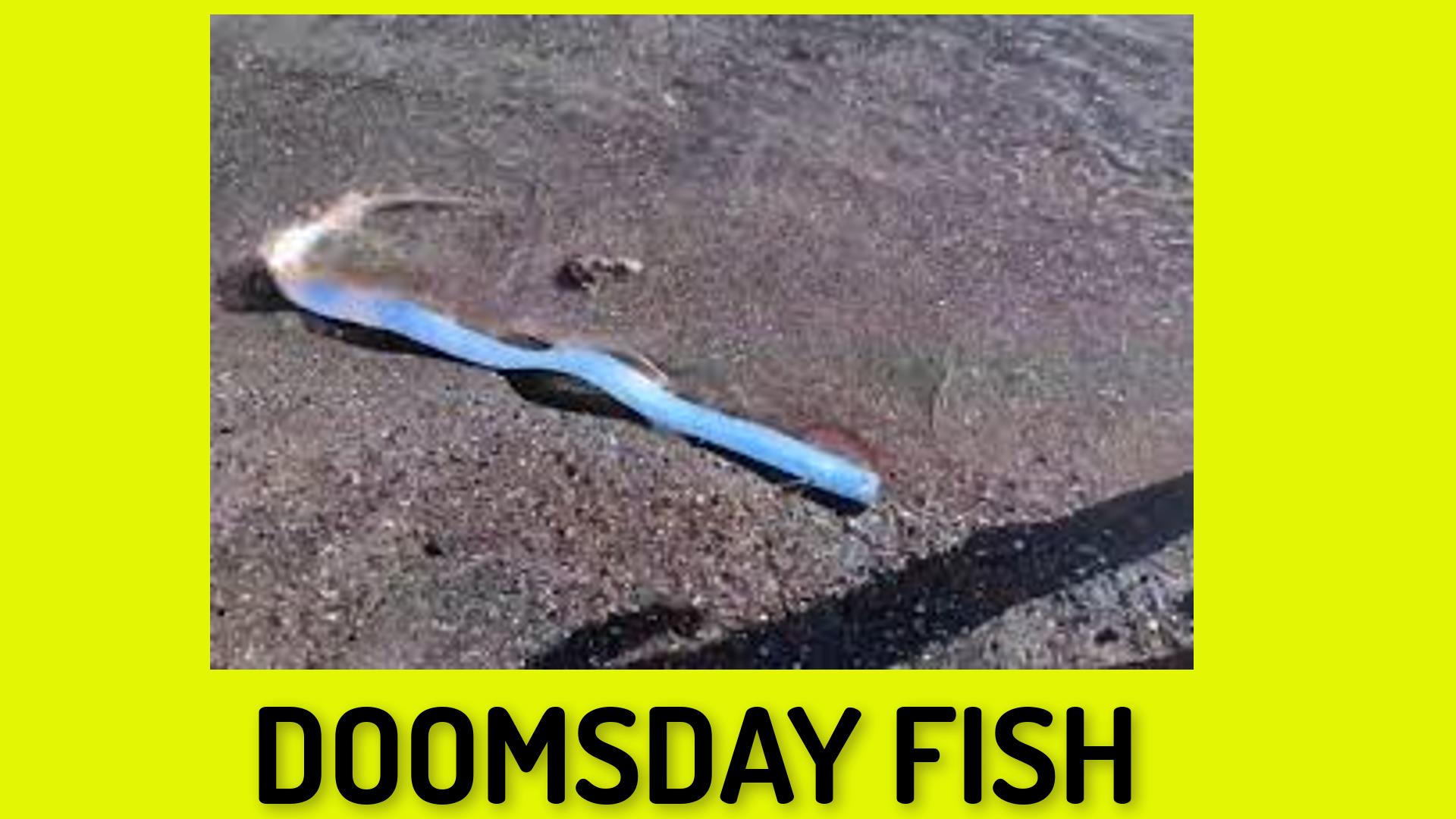In the depths of the ocean, where sunlight barely penetrates and pressure crushes all but the most resilient creatures, lies a mysterious and enigmatic fish that has captured the imagination of scientists, fishermen, and conspiracy theorists alike. Known as the “Doomsday Fish” or “Earthquake Fish,” this creature has long been associated with myths, legends, and even predictions of natural disasters. But what is the truth behind this elusive fish? Is it truly a harbinger of doom, or is its reputation merely a product of human fascination with the unknown?
The Doomsday Fish: A Closer Look
The Doomsday Fish is most commonly identified as the oarfish (Regalecus glesne), a deep-sea dweller that can grow up to 36 feet (11 meters) in length, making it one of the longest bony fish in the world. With its slender, ribbon-like body, silvery scales, and striking red fins, the oarfish is a sight to behold. However, it is rarely seen by humans, as it typically resides at depths of 200 to 1,000 meters (656 to 3,280 feet).
Oarfish are known for their peculiar behavior. They are often found swimming vertically in the water column, using their long, undulating dorsal fins to propel themselves. Despite their size, they are not predators in the traditional sense; instead, they feed on plankton, small fish, and squid.
The Doomsday Connection: Myth or Reality?
The association between the oarfish and impending disaster stems from its rare appearances near the ocean’s surface or washed ashore. In many cultures, particularly in East Asia, the oarfish is considered a “messenger from the sea god” or a harbinger of earthquakes and tsunamis. This belief is rooted in the idea that deep-sea creatures like the oarfish are sensitive to changes in the Earth’s crust and may rise to the surface or beach themselves as a warning of seismic activity.
Historical Accounts and Cultural Significance
In Japan, the oarfish is known as “Ryugu no tsukai” (Messenger from the Sea God’s Palace). According to Japanese folklore, sightings of oarfish near the coast are an omen of an impending earthquake. This belief gained traction after the 2011 Tōhoku earthquake and tsunami, when several oarfish were reportedly seen in the weeks leading up to the disaster. Similar accounts have been reported in other parts of the world, including the Philippines and Chile, where oarfish sightings have coincided with seismic events.
Scientific Perspective
While the connection between oarfish sightings and earthquakes is intriguing, scientists remain skeptical. There is currently no empirical evidence to support the claim that oarfish or other deep-sea creatures can predict earthquakes. However, some researchers have proposed that changes in the Earth’s electromagnetic field or the release of gases from the ocean floor prior to an earthquake could potentially affect the behavior of deep-sea animals, causing them to flee to shallower waters.
Despite these theories, the scientific community emphasizes that more research is needed to establish a definitive link between oarfish sightings and seismic activity. In the meantime, the Doomsday Fish remains a fascinating subject of study and speculation.
The Oarfish in Popular Culture
The oarfish’s mysterious nature and striking appearance have made it a popular subject in literature, art, and media. It has been featured in documentaries, video games, and even horror stories, often depicted as a monstrous sea serpent or a symbol of impending doom. Its rarity and elusiveness only add to its allure, making it a favorite among cryptozoologists and ocean enthusiasts.
Conservation and the Future of the Doomsday Fish
Despite its fearsome reputation, the oarfish is not considered a threat to humans. In fact, it is a vulnerable species, with little known about its population size or reproductive habits. As with many deep-sea creatures, the oarfish faces threats from habitat destruction, pollution, and climate change. Efforts to study and conserve this enigmatic fish are ongoing, with researchers using advanced technology such as remotely operated vehicles (ROVs) and deep-sea submersibles to learn more about its behavior and ecology.
Conclusion: A Symbol of Mystery and Wonder
The Doomsday Fish, or oarfish, is a creature that embodies the mysteries of the deep sea. Its rare appearances and striking appearance have fueled myths and legends for centuries, while its potential connection to natural disasters continues to intrigue scientists and the public alike. Whether or not the oarfish is truly a harbinger of doom, it serves as a reminder of the vast, unexplored depths of our oceans and the many secrets they hold.
As we continue to explore and understand the ocean’s depths, the oarfish will undoubtedly remain a symbol of wonder, mystery, and the enduring human fascination with the unknown. Perhaps one day, we will uncover the truth behind the Doomsday Fish—but until then, it will continue to swim in the realm of legend and science alike.
